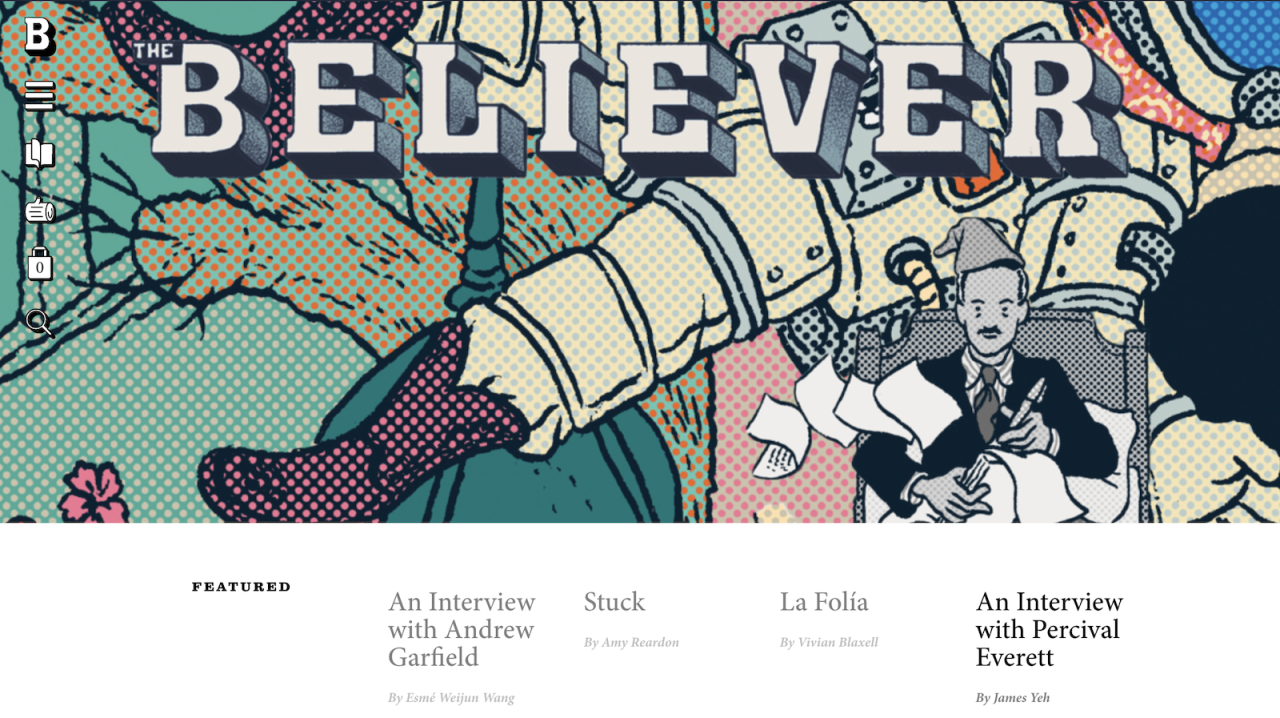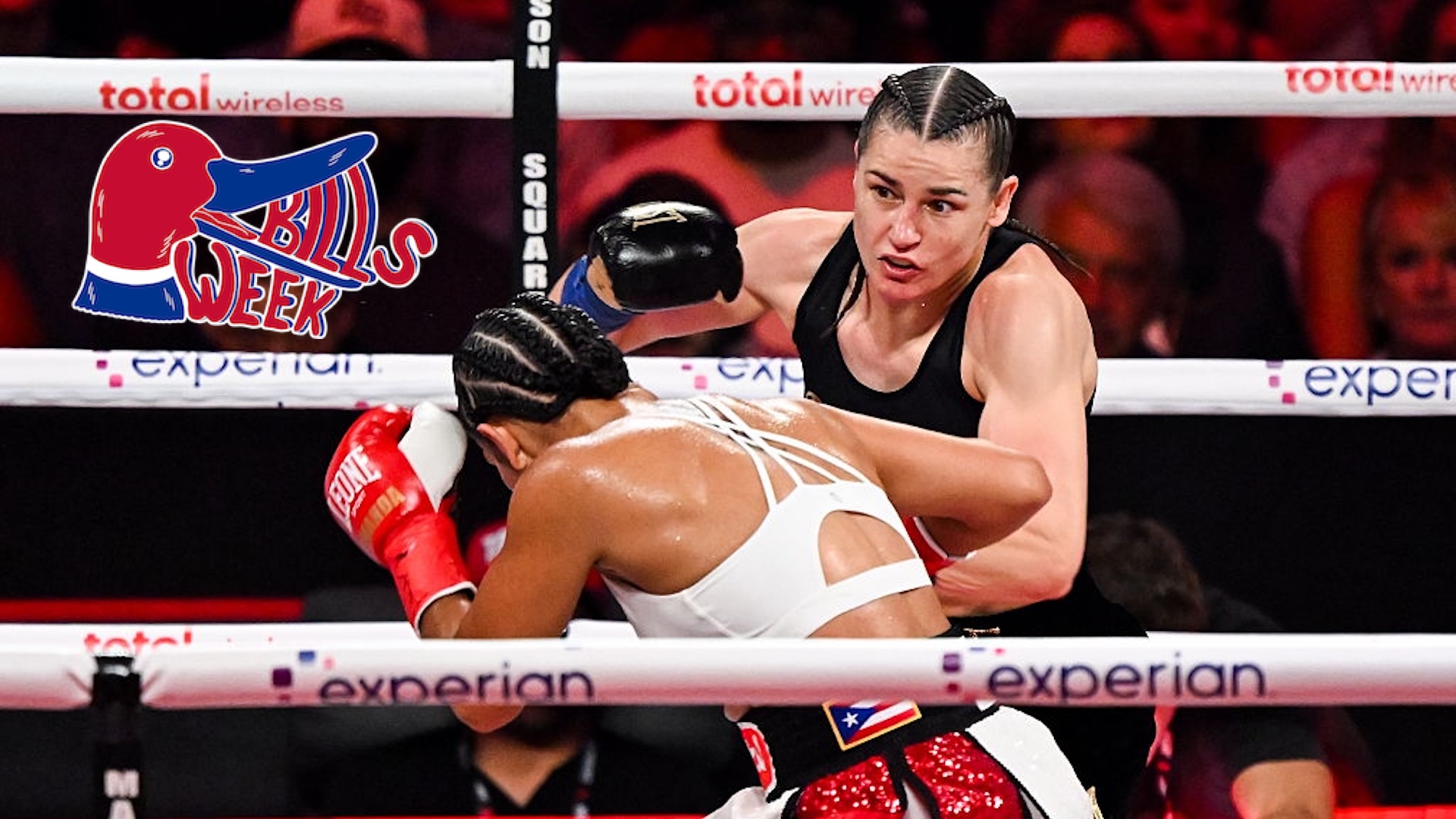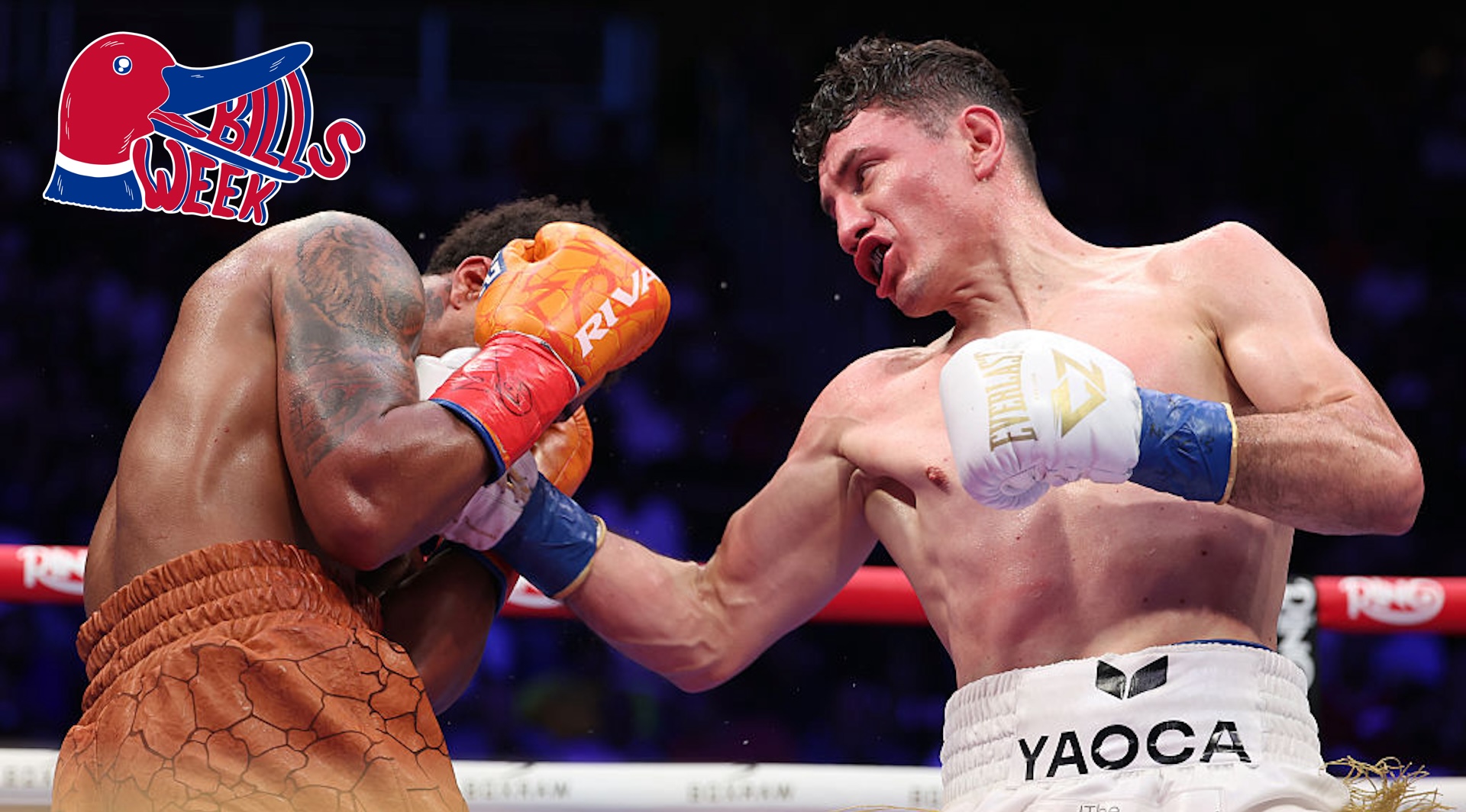The chaos that resulted in The Believer magazine’s shuttering continued last week. Former editor Camille Bromley, who wrote about former EIC-Executive Director Joshua Wolf Shenk’s humiliating departure and the attendant workplace abuses that his resignation overshadowed, was one of several Believer alumni to notice something puzzling: A company called the Sex Toy Collective claimed that it had bought the magazine. The magazine’s final issue was published in March. In the days since Gawker and several other outlets have reported on the situation, this much has become clear: A digital marketing company called Paradise Media, of which the Sex Toy Collective is a subsidiary, purchased The Believer for a sum of $225,000, a deal that was finalized in February of this year. Ian Moe, Paradise Media’s CEO, repeatedly stated his altruistic, endearingly dorky intentions to use SEO to generate revenue for the magazine and resurrect its operations. Meanwhile, UNLV and the Black Mountain Institute housed at the university, which most recently published The Believer after buying it from McSweeney’s Publishing, was excoriated by subscribers and former contributors over their vague reasons for both shutting The Believer down and selling it to such a bizarre, unsuitable company.
Now, as of Monday, The Believer is back at McSweeney’s, with plans to begin publishing again by the end of the year. According to a New York Times report, Paradise Media, apparently spooked by the amount of backlash their purchase caused, quickly put together a deal to re-sell The Believer back to its original home. A happy ending, by all accounts. Except that there are some glaring omissions and elisions in both the details and attitudes of the people involved. A few key elements are at play here.
First, there is the matter of legacy: The Believer was originally founded at McSweeney’s, which houses the company’s namesake literary magazine. In 2016, the Black Mountain Institute at UNLV purchased The Believer, a move predicated on the fact that McSweeney’s lacked the financial wherewithal to grow the magazine further. McSweeney’s reputation as a high-profile, prestigious literary hub is well known, their roster of writers and artists including the likes of Michael Chabon, Beck, and Joyce Carol Oates, among many others. When word got out that some unknown sex toy company had taken over The Believer, the negative reaction online was as much about the seeming inappropriateness of the sale as it was about the unfortunate fact that the magazine is no longer active. The relief at The Believer’s return to McSweeney’s only emphasizes this.
Which leads to the second factor: optics. How could UNLV ever think that, after the tumultuous and, according to many former Believer writers, deeply sad turn of events at the magazine, the university could rightly justify selling such a hallowed artifact to what seems to be a glorified content farm? Of course, the assumption is that a magazine so prestigious as The Believer should have nothing to do with a sex toy company posting hookup ads next to award-winning reportage. In an open letter posted to Medium by former editors at the magazine, the signees, which included Heidi Julavits, a founder of The Believer, stated, “Toni Morrison’s poems are now published alongside ‘25 Best Hookup Sites,’ which is deceptively made to look like an essay published by The Believer.” What Julavits and her cosigners seemed to be suggesting—and it should be noted that the signatures of interns, administrative employees, other editors like Bromley, and former writers critical of the way this situation has been handled were all missing from the letter—is that, no matter the context, The Believer’s writing has no place being affiliated with such gauche, pedestrian subject matter. Perhaps that is true, but it was odd to see so many clinging to The Believer’s prestige even after the “disastrous and deeply strange” management practices that helped build that prestige had been revealed by outlets like Vice.
The third element is mentioned in the open letter, just after the above quote, and it’s perhaps the most salient point that continues to be talked around, deflected, or outright ignored: money. More specifically, where that money went, whose it was, and why there was suddenly not enough of it. “The Black Mountain Institute in Nevada offered to buy the magazine and expand its reach,” the letter reads. “This was made possible by Las Vegas philanthropist Beverly Rogers … Rogers donated the funds to the Black Mountain Institute to make the purchase possible for the University of Nevada Las Vegas (UNLV). With Rogers’ generosity and commitment to the written word, The Believer moved to Las Vegas. The staff was expanded, the budget for long-form journalism was increased, and The Believer enjoyed five years of prosperity.”
As an entity, Rogers has been mentioned countless times in the reporting on The Believer and its troubles, but, until last week, hadn’t made any personal comments herself. She is known in the Las Vegas community as a patron of the arts and, depending on who you speak to within the BMI-UNLV orbit, either a genuine philanthropic benefactor or a changeable, demanding key-holder.
Speaking to The Chronicle last Thursday, Rogers said, “I’m disappointed with UNLV's lack of judgment and cannot for the life of me understand why UNLV would damage its own reputation and sully my name, and my foundation, in this way.” In that article, Rogers is described as a donor, obscuring the fact that she is most of the reason The Believer was kept alive in the first place. Of course, this has been further obviated by the media’s focus on the absurdity of Shenk’s actions, which led to his resignation, and the university’s cagey non-address of the issue, which in turn overshadowed the workplace complaints voiced in an open letter by anonymous staff last year. When The New York Times reported on the return of The Believer to McSweeney’s on Monday, Rogers was given the starring slot as the virtuous underwriter who nonetheless pulled funding from the magazine due to the “untenable” amount of money needed to keep it afloat. Where that money was going, and how much of it went to, say, Shenk’s exorbitant salary, didn't merit mention.
Back in October, I wrote a piece for Gawker lamenting the mismanagement and neglect that led to The Believer’s downfall. Though I’d interned at the magazine and later contributed to one of its final print issues, I was never privy to on-the-ground daily frustrations and dismissals my friends faced, often while actively trying to pursue other lines of work and maintain some semblance of stability within the organization. In that sense, I was far rosier about the magazine’s place in the literary landscape and its importance to the local community than some of the people I knew there. In light of the latest news, what’s particularly galling is the perception that the fate of The Believer should come down to how the packaging surrounding it looks, as opposed to any true material concern over those affected by the internal cluster-fuck that preceded Shenk’s resignation.
As Vice and others have reported, McSweeney’s was interested in buying back the magazine before its sale to Paradise Media. Rogers expressed her desire for this to occur, alongside prominent writers on Twitter. But, according to documents obtained via FOIA, McSweeney’s offer didn’t include a dollar amount. Instead, they offered two paid internships for UNLV Creative Writing students, two visits to the university from fiction writers and poets, two visits to the university from McSweeney’s editorial staff, consideration of submissions from the UNLV writing program to be included in McSweeney’s periodical, and payment for shipping costs of back issues from UNLV to McSweeney’s.
Given the choice between a prestigious literary institution with no money and a digital marketing firm with no apparent publishing history, the question of which was the most expedient, satisfying option opened out onto the more pressing question of what exactly people wanted from this situation. Before there was even the glimmer of hope that the magazine could return to publishing, the main issue was one of perception—how bad it all looked and felt. Of course, because the magazine was with a university, and funded by a wealthy philanthropist, the assumption that everything was fine before Shenk’s resignation and, for some, even afterwards, made it so that no one questioned what went on beneath the surface. Universities are hallowed institutions, historically well-functioning, quick to adapt to change, and stable. Rich patrons of the arts are unconditionally generous and understanding. The literary world is sober, considerate, hopeful for the best outcomes for those who build something true and special. Sarcasm aside, the irony is that the revelation of Paradise Media’s involvement has resurrected outrage over The Believer’s closure, with revisionist history about how that closure came about, and completely reframed the conversation around where the magazine belongs instead of why it was dead in the first place.
Some, like author Namwali Serpell, pointed to the respectability politics present here. Other, less prudish commentators have noted that maybe an SEO strategy built around sex toys wasn’t the worst way to garner cash. Both are astute points, more incisive and direct addresses to the issue at hand than the pearl-clutching that has apparently yielded the desired result. I don’t doubt the sincerity of the concern that was voiced by longtime readers and contributors to The Believer, nor do I question their excitement at its return. But the mismatch between product and capital, the subsequent confusion and careless knee-jerk reactions it generated, and the occurring trust in opaque institutions who utilize their proximity to prestige and high-minded artistic pursuits to hide internal abuses and exploitations continues on. Now that McSweeney’s has prevailed in reacquiring The Believer, it carries the same anticipatory weight as Paradise Media and BMI before it, to say nothing of the large question mark surrounding their ability to produce the magazine, with the attendant material and ethical considerations in place, and what seems to be a serious dearth in capital. Will they recreate the same structural issues? How true will any self-spoken transparency be? How can these spaces be made sustainable as well as equitable? What reckoning, if any, will follow, if they prove not to be? All questions worth considering, no matter who’s footing the bill.







